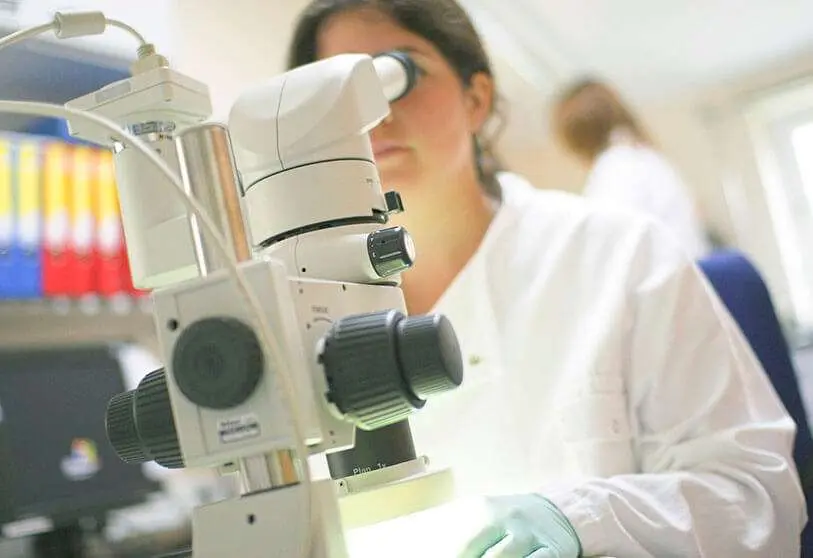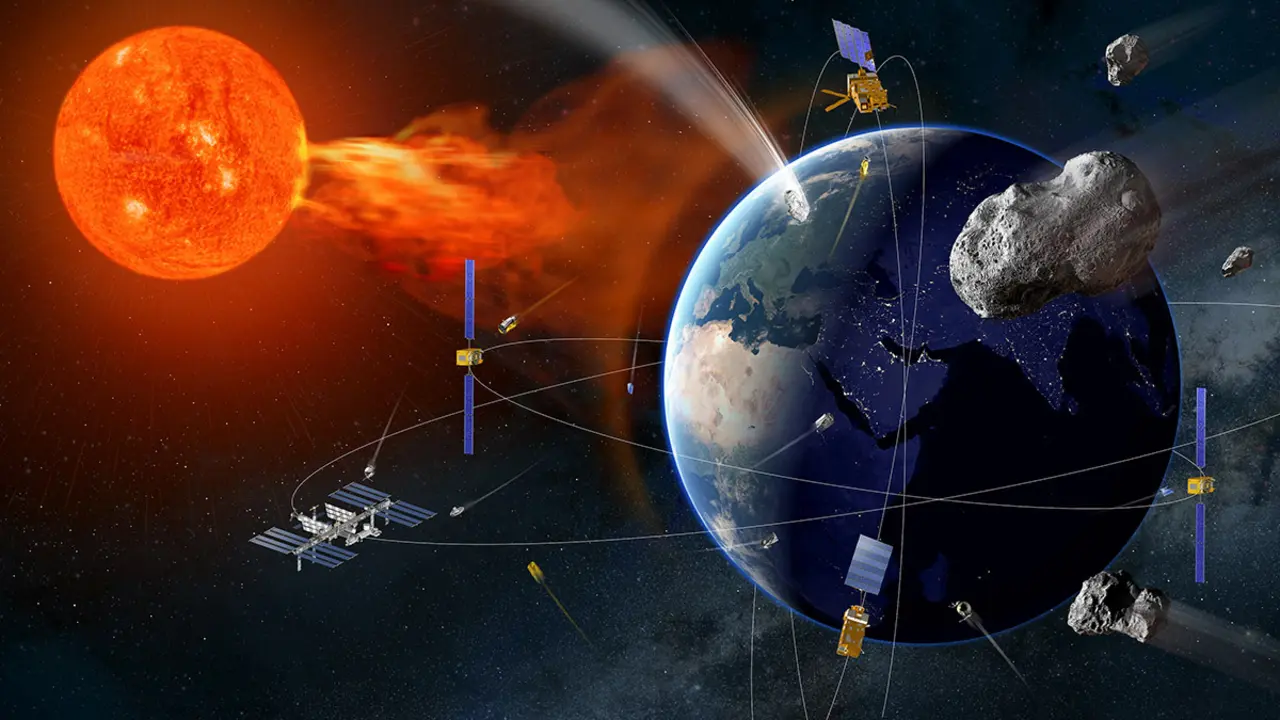59% of European scientists and engineers are men and 41% women

The percentage of women scientists and engineers in the European Union (EU) is 41% of the total, compared to 59% of men, according to the latest report issued by the European Community statistics office Eurostat. These figures are presented in the run up to the celebration of International Women in Science Day on 11 February.
Of the almost 15 million people working in science and engineering in the EU, almost 9 million are men, while 6 million are women. The greatest case of inequality in this field is within the manufacturing sector, where men represent 79%, with women accounting for 21%. On the other hand, the greatest balance between the two genders is found in the service sector, with 54% men and 46% women.
The most 'feminine' countries on this scale, i.e. with a majority of female scientists or engineers compared to men, are Lithuania with 57%, Bulgaria and Latvia with 52% and Denmark with 51%. On the opposite side, the places where the position of women scientists and engineers is weakest are Finland, with 29% of women scientists or engineers compared to 71% of men, Hungary, with 30%, Luxembourg, with 31%, and Germany, with 33%.
Spain, on the other hand, has 48% of women in science or engineering compared to 52% of men, which is well above the average for women.
The United Kingdom is included in this statistic because it has left the European Union, but at the beginning of 2020. A country, the United Kingdom, which in this very section on the presence of women in the field of science and engineering is in the Community average, that is, 41% of women scientists and engineers compared to 59% of men.








